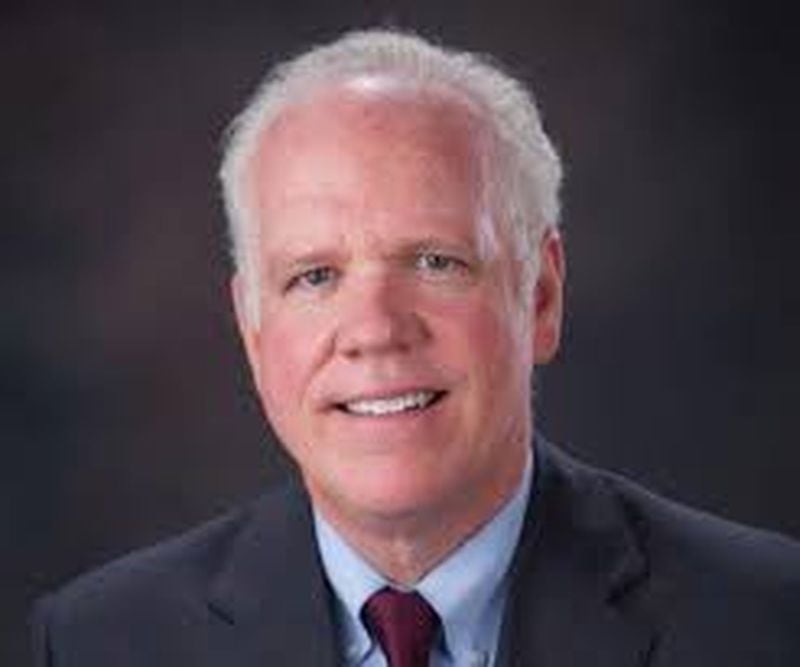At a time when Georgia hospitals are experiencing huge revenue losses, a west Georgia community hospital system did the unthinkable: It gave back tens of millions in relief money.
Tanner Health System returned $62.6 million after it discovered an error in the way the federal government had calculated its distribution under the Coronavirus Aid, Relief and Economic Security (CARES) Act. Under the legislation, more than $2 billion has been distributed by the government to thousands of Georgia health care providers to help soften the impact of the pandemic.
“We were mainly guided by doing the right thing,‘’ said Loy Howard, president and chief executive officer of the system that operates acute care hospitals in Carrollton and Villa Rica and a multi-specialty physician group in Atlanta. “We did not want to accept any funds that we were not due.”
» COMPLETE COVERAGE: Coronavirus in Georgia
» THE LATEST: How hospitals are dealing with COVID-19
The mistake highlights a sharp criticism that the federal government, at least early on, failed to allocate money to providers hit hardest by the pandemic or to conduct a thorough review of which providers met the criteria to qualify for the funding.
Examples abound of money routed to providers like medical equipment companies and labs, which may not have suffered losses because of the pandemic, and others whose role with coronavirus patients was likely limited. Even some providers accused of Medicare and Medicaid fraud initially got money, including an Atlanta-based hospice that was ordered to pay $1.75 million for allegedly defrauding the federal government.
Early on, the government’s primary concern was to help hospitals try to recover from staggering revenue losses as a result of halting elective procedures in order to better focus on treating COVID-19 patients. Tanner, for example, saw $66 million in losses due to the cancellation of elective procedures, testing and appointments, officials said.
But, its two hospitals did not meet the threshold necessary to trigger a later distribution aimed at helping those hospitals with large numbers of COVID-19 patients. So, officials said they gave that money back. “It did appear we did not qualify for it,‘’ Howard said.
The Tanner hospitals had been among 18 in Georgia that received more than $377 million in “high-impact” federal relief funds.
Nationwide, 396 hospitals received high-impact funding, with the Georgia hospitals among nine returning the money, federal records show.
Meanwhile, billions more are on the way.
Over the next several months, an estimated $25 billion is expected to reach health care providers serving Medicaid patients. Of that money, $10 billion is going to adult safety-net hospitals, such as Grady Memorial. As of this month, Grady has received more than $114 million in relief funding, records show.
About $15 billion is expected to go to eligible Medicaid and Children’s Health Insurance Program (CHIP) providers — doctors, dentists and some clinics — who had not yet received payments.
In addition, $3 billion is being distributed to acute care hospitals or hospitals serving a large percentage of vulnerable populations on thin margins, the government announced on Friday.
The distributions were authorized after a bi-partisan group of U.S. House and Senate leaders of committees that oversee Medicaid sent a letter to HHS Secretary Alex Azar saying health care providers serving low-income patients had been left out and needed assistance immediately from the Public Health and Social Services Emergency Fund.
About the Author








